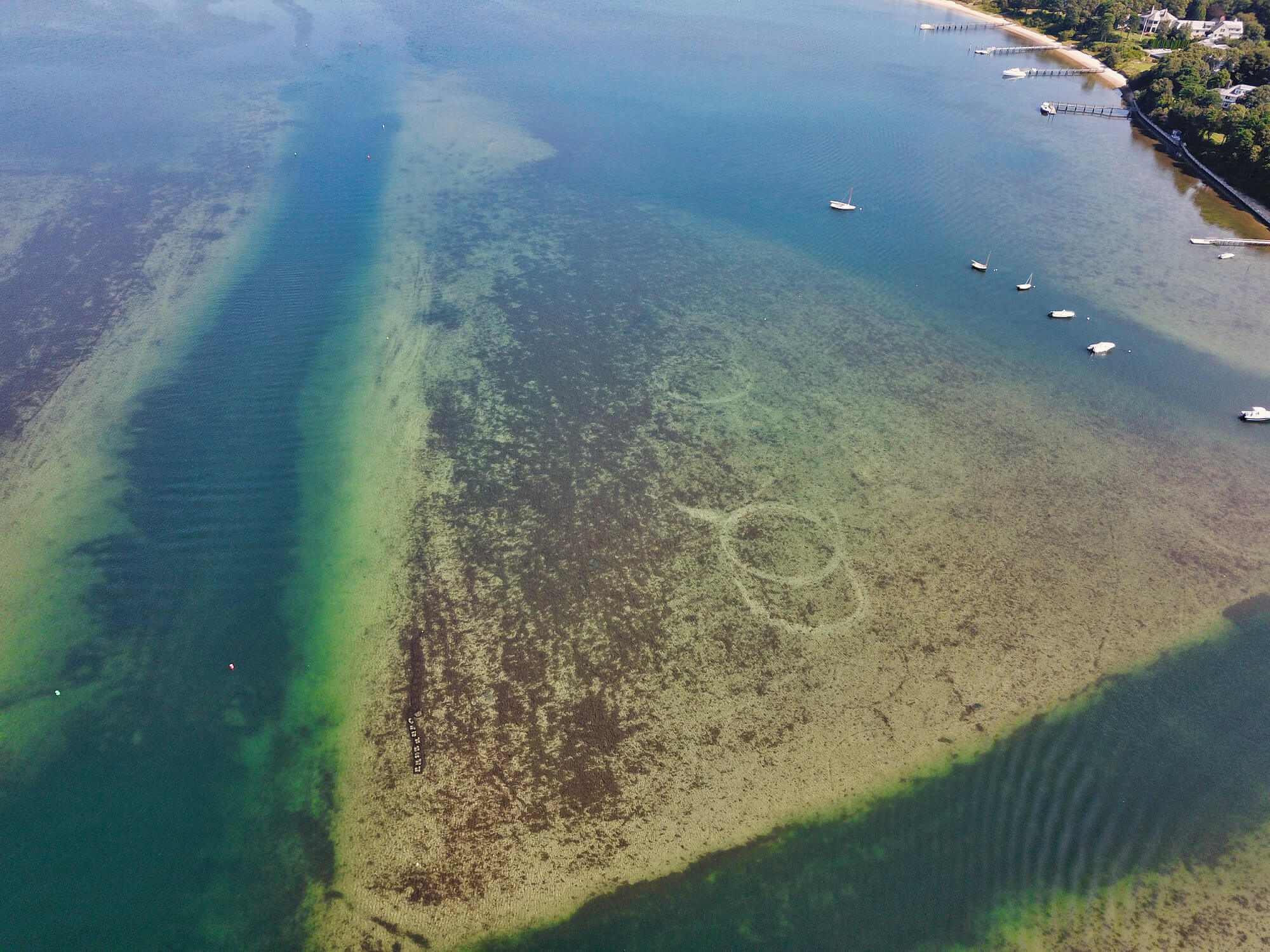Three Bays Oysters
Three Bays Oysters from Cape Cod Massachusetts.


Three Bays Oysters
Our Story
The Three Bays of Osterville Massachusetts is one of the most historically significant oyster producing regions in the country. The Three Bays of Osterville include North Bay, West Bay and Cotuit Bay. In the 1800s oysters were taken by schooner from Virginia and replanted in the Three Bays region. After spending time in the cool clear waters of Cape Cod, the oysters from the Three Bays region were then shipped across the country by railroad to cities such as San Francisco and New York.
In modern times, the Three Bays estuary is one of the country's leading case studies in nitrogen mitigation. Oysters planted in the Three Bays filter approximately 50 gallons of water per day. We work closely with the Barnstable Clean Water Coalition to help study the effects oysters have on the Three Bays watershed.


Three Bays Oysters
Geography and Merroir
Size: 3.5"
Salinity: 27 ppt
Growing area: Deep water, West Bay Massachusetts
Growing method: Bottom planted, sand-finished. Natural growing. Deep-cup shell
Tasting Notes: Strong brine up front with a sweet finish.

Three Bays Oysters
History
The Native American Cotochese who lived along the shores of three sheltered bays off Nantucket Sound named them chunkoo, or chunkomuck, skunkomug, or skonkonet. But, no matter what they chose to call them, they pried open the crinkly white shells and found exactly what they were looking for, oysters.
It did not take long for the first colonial settlers, who arrived here in 1639, to learn to relish the seaside delicacy also. And so they named this quiet stretch of southern Cape Cod, Oyster Island Village. In 1648, a delegation led by Capt. Miles Standish negotiated a deed to the area with the Cotochese on behalf of Plymouth Colony, and Oyster Island Village belonged to the English. Later, the townspeople changed the name to Oysterville, and finally, in 1815, they voted to shorten it to Osterville, and so it remains.





.svg)




